VietNamNet newspaper introduces the article "Filling the strategic human resource gap to create a launching pad for the Vietnamese semiconductor industry to break through and reach the world " by Dr. Pham Manh Hung and Dr. Le Trung Hieu (University of Economics , VNU). The article was presented at the workshop "Strategic human resource management in the development of the semiconductor industry in Vietnam" organized by the University of Economics, VNU on June 30.
Part 1: Three strategic human resource gaps that the Vietnamese semiconductor industry needs to fill
Part 2: Four spearheads to fill the strategic human resource gap in the semiconductor industry
The semiconductor industry is entering a boom era, becoming a strategic focus in the global technology race. The semiconductor chip market has maintained a compound annual growth rate (CAGR) of up to 14% over the past two decades. With this growth momentum, the semiconductor industry is forecast to reach the trillion USD mark by 2030, becoming a strategic pillar of the global economy. Not only an economic and technological driving force, semiconductors today are also a symbol of national strength and position on the geopolitical map. Considered the "brain" of all electronic devices, semiconductors are an indispensable foundation of most modern technologies from smartphones, self-driving cars, to defense systems and artificial intelligence.
Geopolitical competition and shifts in the global supply chain are opening up opportunities for Vietnam to reposition itself in the global semiconductor supply chain. With a strategic geopolitical position, an abundant young workforce of more than 100 million people, widely recognized as intelligent, hard-working, with a strong desire to excel, especially with STEM capabilities. This is the “strategic asset” that helps Vietnam catch up with this wave, rising to become an important link in the global semiconductor value chain.

Realizing that the semiconductor industry is an inevitable trend, playing a key role in the future, contributing significantly to raising the country's position in the international arena, Vietnam has taken a series of specific steps to develop the semiconductor industry, focusing on developing technical infrastructure to serve semiconductor research, design and production. In particular, Vietnam was very correct and accurate when determining that developing human resources with a focus on engineers and technicians operating factories is the first step, a breakthrough and a strategic goal in the development roadmap of the semiconductor industry,...
That is the right and urgent direction in the current context. However, that is not enough for the Vietnamese semiconductor industry to break through and reach the world level. Because semiconductors are not simply technology, it is a game of strategic minds at the national, industry and organizational levels, 'pathfinders' with a deep understanding of semiconductor technology, management and policy. However, Vietnam is lacking these strategic minds at the national policy planning level, ecosystem coordination, supply chain as well as the management and business operation level,...
Lack of "strategic minds to guide the way"
At the national level, Vietnam is facing a serious gap in human resources for policy making with overall strategic thinking in the semiconductor industry, strategic leaders who have both in-depth understanding of semiconductor technology, technological geopolitics and technological security, and have strategic vision to create national policies, coordinate interdisciplinary, build legal corridors and incentive mechanisms with the right focus and key points.

The semiconductor industry can hardly break through and reach the world level with separate links, but requires integrated thinking, a strategy linking the entire value chain, and effective coordination capacity at the national, industry and enterprise levels.
The lack of strategic human resources leads to many obvious consequences such as the lack of connectivity and depth in industry development policies, the coordination between ministries, sectors and localities is still fragmented; research centers operate separately, lack inter-sectoral cooperation mechanisms, leading to the potential for innovation being divided and unable to be promoted synchronously.
The 'strategic minds' in the field of policy planning and implementation are not only the designers of development orientations, but also the visionaries who grasp the laws of motion of global technology - economy - geopolitics to make timely, focused, and key policy choices, surpassing normal economic cycles. They are the ones who create national visions, coordinate cross-sectoral resources, and ensure consistency between strategic will and implementation capacity, and thus, play a decisive role in creating or losing national opportunities.
Lack of "strategic minds to run and operate businesses"
At the enterprise level, Vietnam is lacking senior leadership teams – such as CEOs, CTOs, COOs – capable of comprehensively managing and leading semiconductor businesses. These positions require not only semiconductor technical capabilities but also a deep understanding of the global semiconductor value chain, strategic thinking and innovation, the ability to manage geopolitical risks, supply chains, intellectual property, and senior leadership skills in a fiercely competitive technology environment.

The 'strategic minds' are not only the ones who run business operations, but also the ones who design the vision, leading the semiconductor business to adapt to global technology and economic trends, creating long-term competitive advantages.
Especially in the semiconductor industry, where the pace of innovation, geopolitical risks and the complexity of the supply chain require strategic minds who not only have management skills, but also understand technology, digital economics and global strategy. Moreover, semiconductor companies mainly deal in high-tech products – such as chips, integrated circuits, transistors, diodes, microchips, etc. – where every link, from technology creation, production to consumption and operation, requires sophisticated and in-depth management skills.
Therefore, it requires the presence of a strategic leadership team capable of comprehensively managing and operating the business, with in-depth knowledge of the global semiconductor value chain, strategic thinking and innovation, skills in managing geopolitical risks, supply chains, intellectual property, and leadership capacity in a fiercely competitive and rapidly changing environment.
They play a core role in managing the entire day-to-day operations of the business, directly supervising functional departments such as production, logistics, human resources, customer care, etc., to ensure internal processes run smoothly, efficiently and consistently.
The lack of these strategic minds is a bottleneck that makes it difficult for Vietnamese enterprises to grasp technology trends, design long-term strategies and participate deeply in the global semiconductor value chain.
Lack of global semiconductor supply chain management experts
Vietnam is also lacking semiconductor supply chain experts who are knowledgeable in semiconductor technology, proficient in cross-border coordination, capable of connecting FDI, enhancing localization value and leading multinational projects. This is a strategic force for Vietnam to not only “participate” but also “master” the global semiconductor supply chain.
In a complex, fast-paced and highly precise industry like semiconductors, success depends not only on technical expertise, but also on strategic management, lean operations and global semiconductor chain coordination. Possessing a human resource that combines technical, administrative and policy capabilities is the key for the Vietnamese semiconductor industry to break through and reach the world. However, this strategic human resource is an open strategic gap that has not received due attention. Current policies mainly target the training of engineers and technicians, universities mainly train in engineering, lack interdisciplinary training programs integrating engineering - administration - policy, and the participation of universities in the fields of economics and business administration is still limited.
Dr. Pham Manh Hung , Dr. Le Trung Hieu (University of Economics, VNU)
Readers are invited to read Part 2: Four spearheads to fill the strategic human resource gap in the semiconductor industry.
Source: https://vietnamnet.vn/ba-lo-hong-nhan-luc-chien-luoc-nganh-ban-dan-viet-nam-2408373.html


![[Photo] 60th Anniversary of the Founding of the Vietnam Association of Photographic Artists](/_next/image?url=https%3A%2F%2Fvphoto.vietnam.vn%2Fthumb%2F1200x675%2Fvietnam%2Fresource%2FIMAGE%2F2025%2F12%2F05%2F1764935864512_a1-bnd-0841-9740-jpg.webp&w=3840&q=75)


![[Photo] National Assembly Chairman Tran Thanh Man attends the VinFuture 2025 Award Ceremony](/_next/image?url=https%3A%2F%2Fvphoto.vietnam.vn%2Fthumb%2F1200x675%2Fvietnam%2Fresource%2FIMAGE%2F2025%2F12%2F05%2F1764951162416_2628509768338816493-6995-jpg.webp&w=3840&q=75)








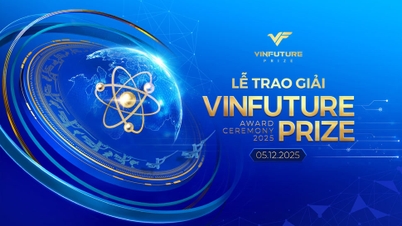







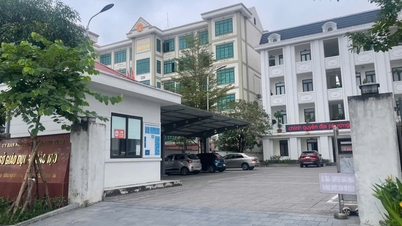



















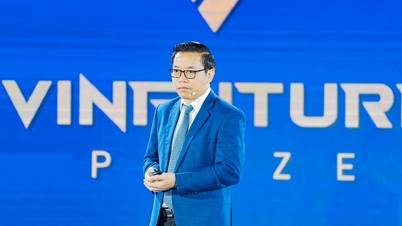

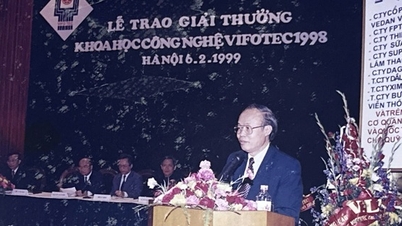



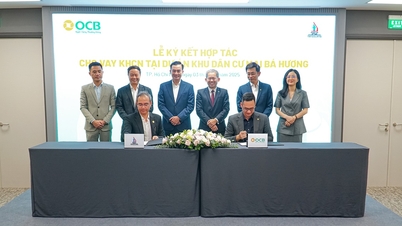

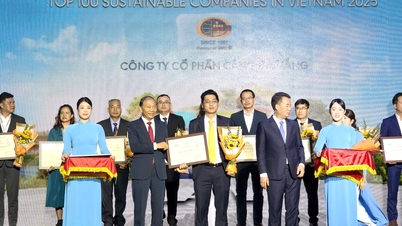
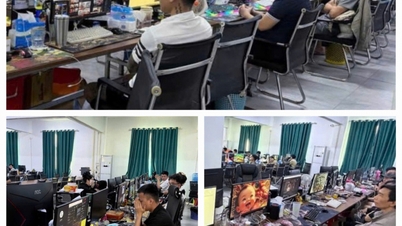
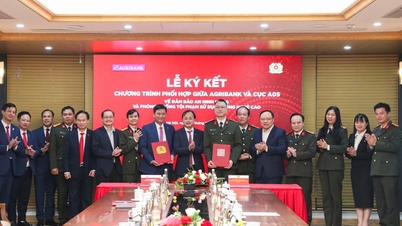

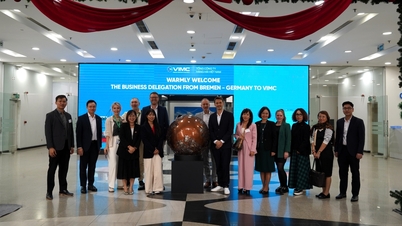
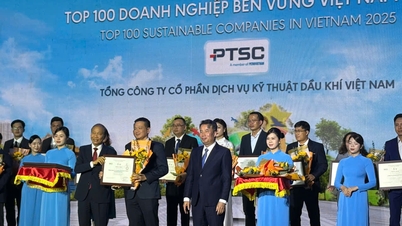










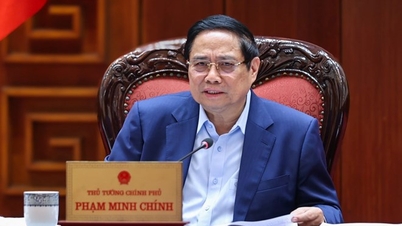
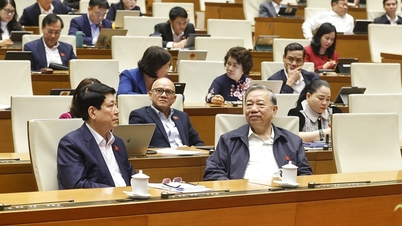
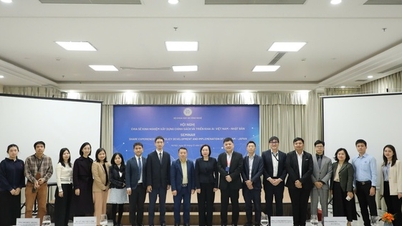
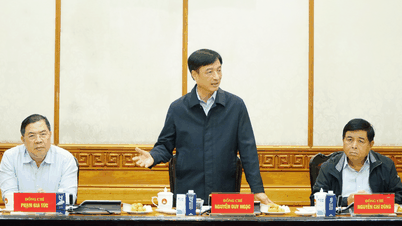

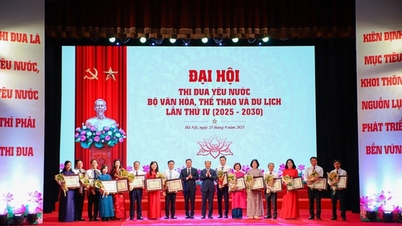

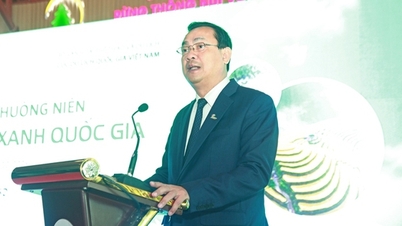
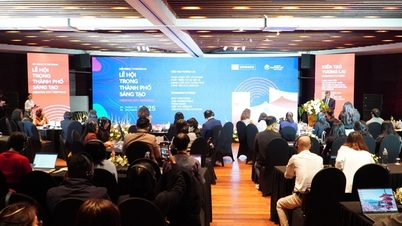



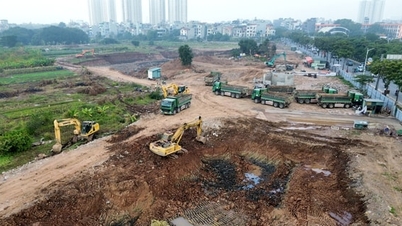




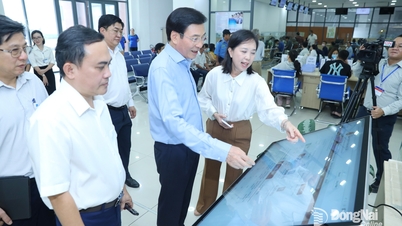


















Comment (0)